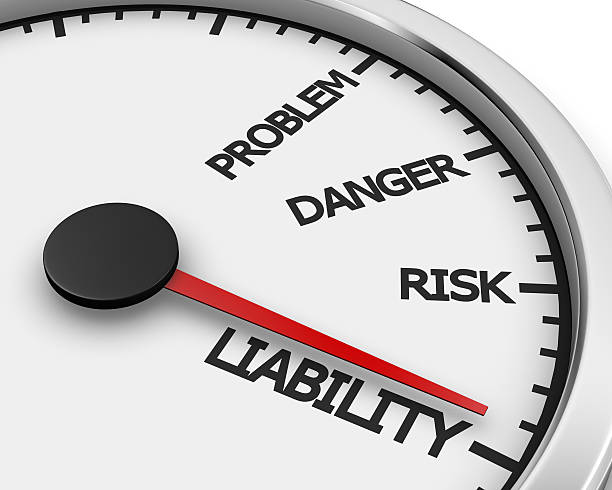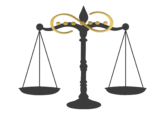KYC &NFTs

How do you want your KYC?
The traditional market for art, and music requires KYC for confirmation of ownership. The general approach of several NFT platforms, or marketplaces is that it does not make any representations, or warranties as to the ownership of any content posted. The traditional art market being a known conduit for money laundering, undoubtedly the nature of art NFTs makes this virtual market even more susceptible to money laundering. The NFT marketplace being a virtual replacement of the traditional market, the need for KYC by purchasers especially those from the secondary market, should not be surprising.
Who should be responsible for KYC?
While the creator of the NFT can be traced through the transaction history of the NFT, this is not confirmation of the authority to sell the NFT, and assign any copyrights. Are purchasers comfortable with accepting the hands-off approach of marketplaces regarding KYC? Does this declaration as a term of use absolve the marketplace of responsibility?
One approach to providing KYC in the NFT world could be the embedding of KYC in the metadata. This approach is beneficial in the long run as it offers certainty to secondary purchasers, and at least reduces their need for due diligence. This could simply be a line identifying the owner and any copyrights the owner intends to assign to initial, and secondary purchasers. This may not be appealing to those who focus primarily on transaction fees. However, if viewed as the cost of avoiding legal disputes, and achieving a sense of certainty as to one’s ownership status, no doubt it is inexpensive.
In addition to embedding KYC in the metadata, marketplaces are well placed to require a first level of KYC clearance before minting, to ensure the embedded KYC is accurate. This suggestion aligns with the Financial Action Task Force’s (FATF’s) March 2021 Draft Guidance. In that Draft Guidance the Financial Action Task Force recommended that KYC be implemented in the design and development phase for virtual asset service providers.
The FATF has since published an updated version of its guidance expressly indicating that NFTs which are used as collectibles in practice rather than as payment, or investment would not automatically fall under its definition of virtual assets. The FATF also cautioned, that the nature of the NFT and its practical function should be deciding factors.
While some persons may view this as a victory, there remains a need to proceed with caution. Prior to this update, the concern regarding the NFTs being a virtual asset was triggered, for some, by the use of “assets that are convertible”, which has not been removed from the update. The reference to convertible assets and assets that can be sold on the secondary market indicate that NFT marketplaces are still likely to be subjected to KYC/AML requirements such as those required by the Travel Rule.
While the recommendation that KYC be implemented in the design and development phase has been removed, doing so would serve art NFT marketplaces well. This is particularly important to bear in mind as jurisdictions such as the United Kingdom and the United States have taken regulatory steps to minimize money laundering through physical art. With the reported switch by fraudsters to the use of art NFTs for money laundering, KYC/AML requirements should not be unexpected.
The development in NFT technology namely EIP 2981 will make KYC even more important as it allows NFT creators to earn royalties from multiple platforms. Marketplaces may not be the one earning royalties but they do earn from the sale of an NFT. Though it is proper for marketplaces to observe take down notices, this may come long after infringement and repeated purchases.
Would you as a victim of copyright infringement be satisfied with an NFT marketplace profiting from fraud to your detriment? The case Credit Agricole v Papadimitriou [2015] UKPC 13 emanating out of the U.K. shows how a third party can be held liable to compensate a victim for fraud it did not knowingly participate in. In this case a bank benefitted from the fraudulent sale of the art, and was required to give the money to the actual owner of the art. At all court levels at which the case was heard, the KYC procedure was questioned. To avoid liability, the bank needed to show that there was nothing that required it to engage in further KYC to confirm matters such as the ownership of the art. Applying that reasoning to the NFT art space, it is unlikely that an art NFT marketplace could argue that it did not have any reason to ensure that it is not facilitating fraudulent transactions. The hands-off approach to KYC may therefore be inadequate in jurisdictions covered in the Agricole case.
In the end, while the law may not evolve as quickly as technology, the presence of bad actors always triggers the need for governing laws. The uneasiness experienced prior to FATF’s updated guidance hopefully will encourage art NFT marketplaces to think ahead and implement KYC/AML tools in the design and development phase.
Disclaimer by the author: Nothing in this article is to be taken as legal advice. You should consult an attorney regarding your specific case. All liability with respect to actions taken or not taken based on the contents of this article are hereby expressly disclaimed.
